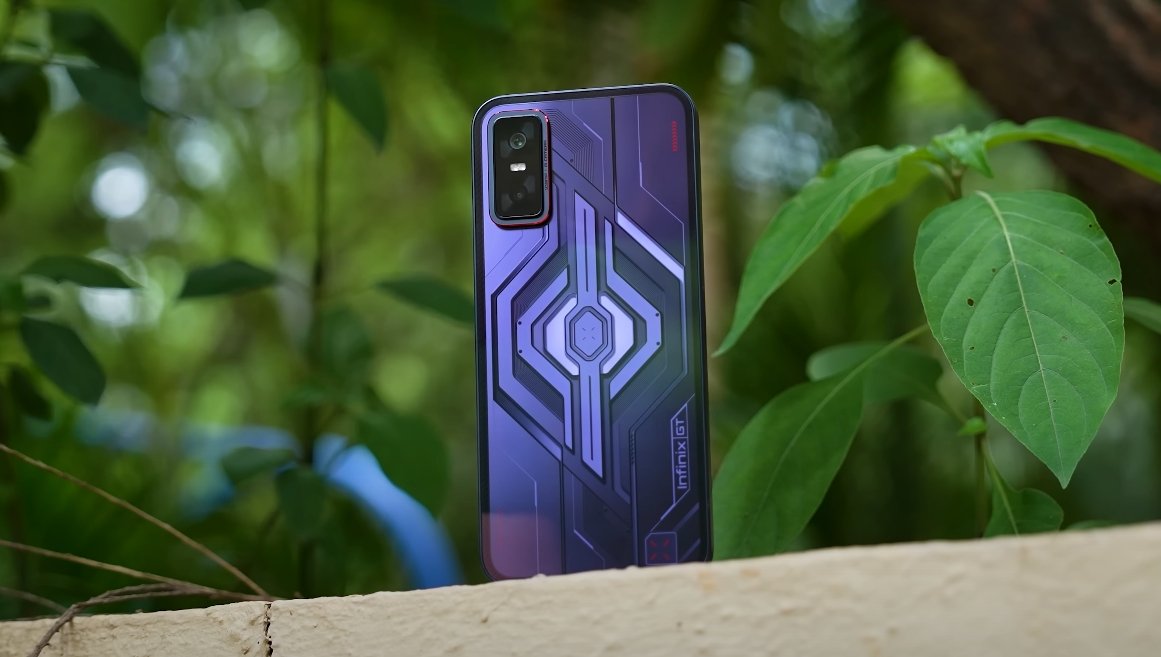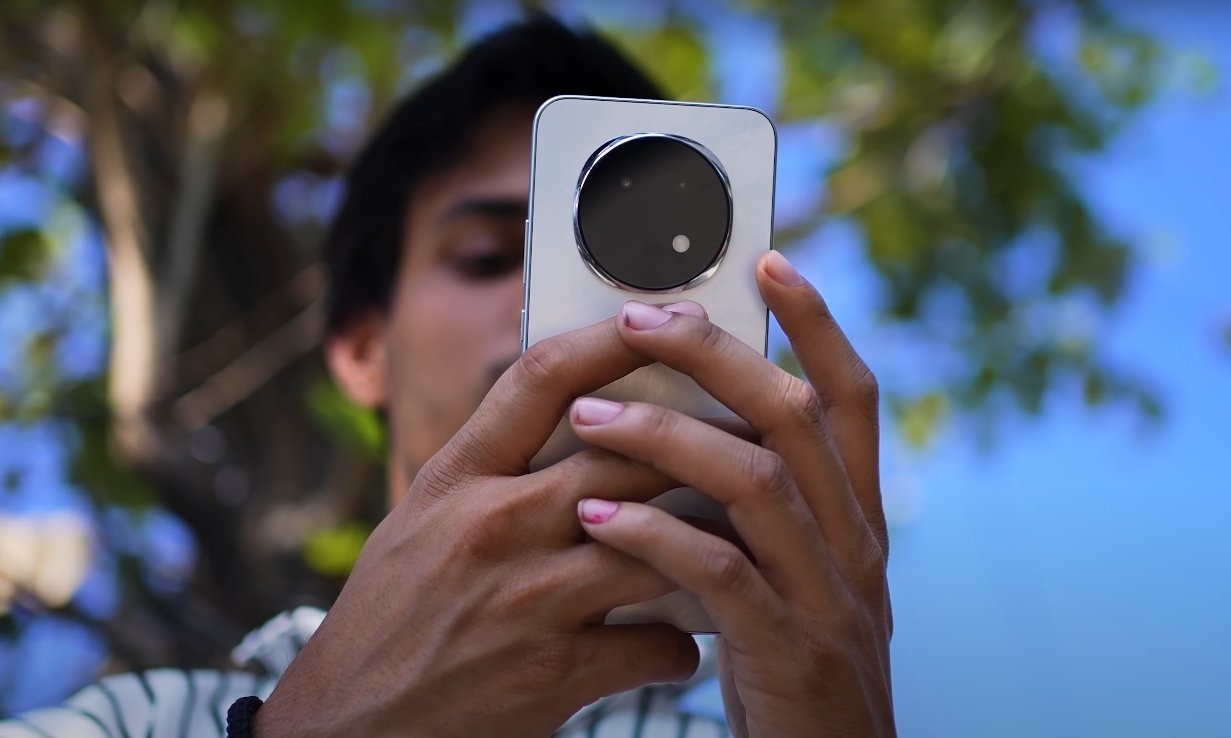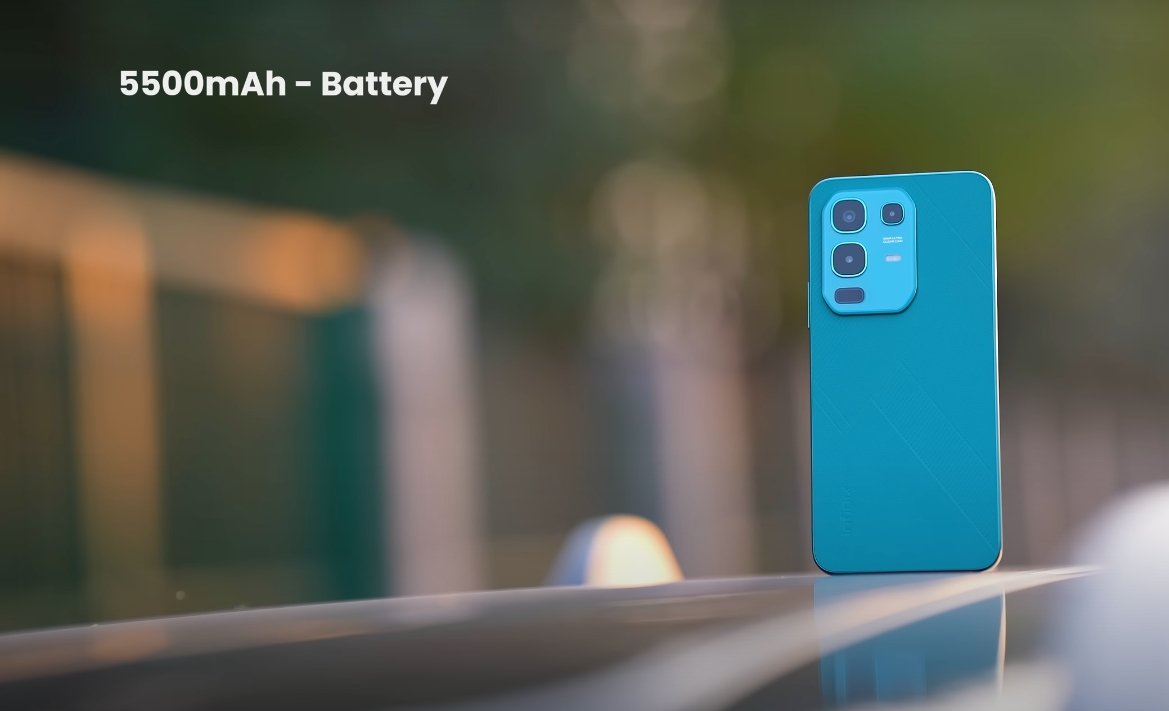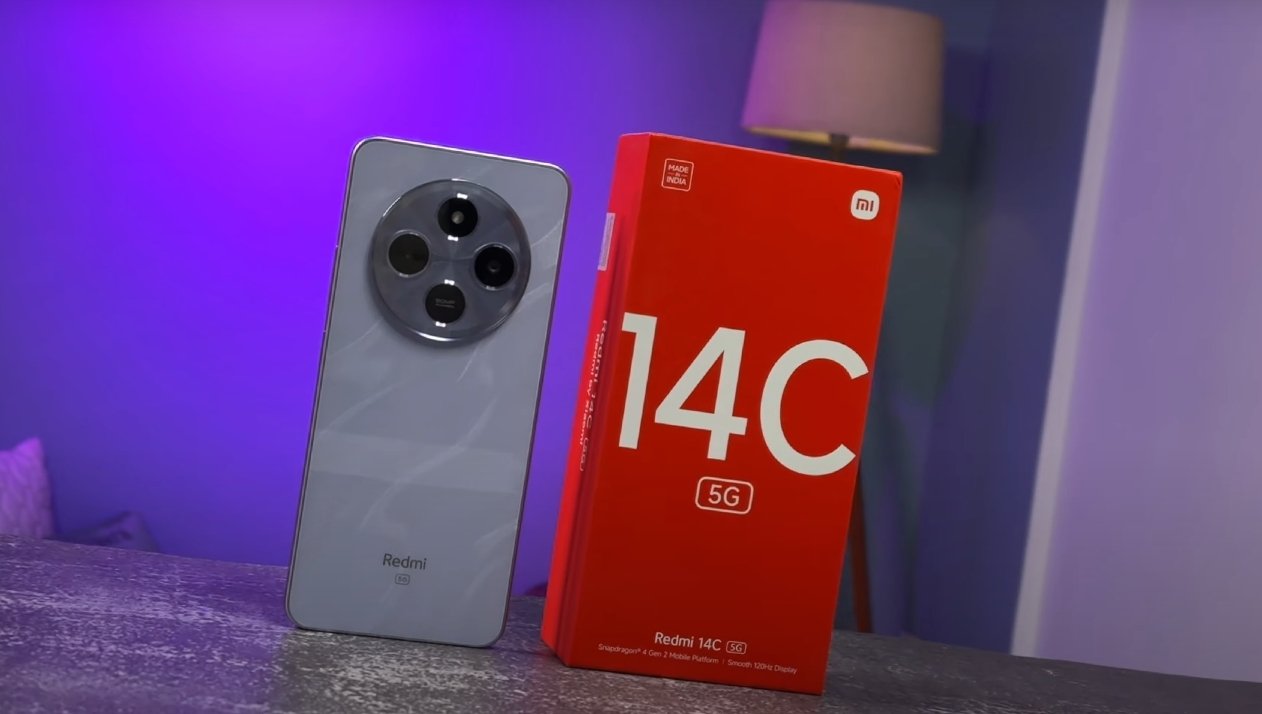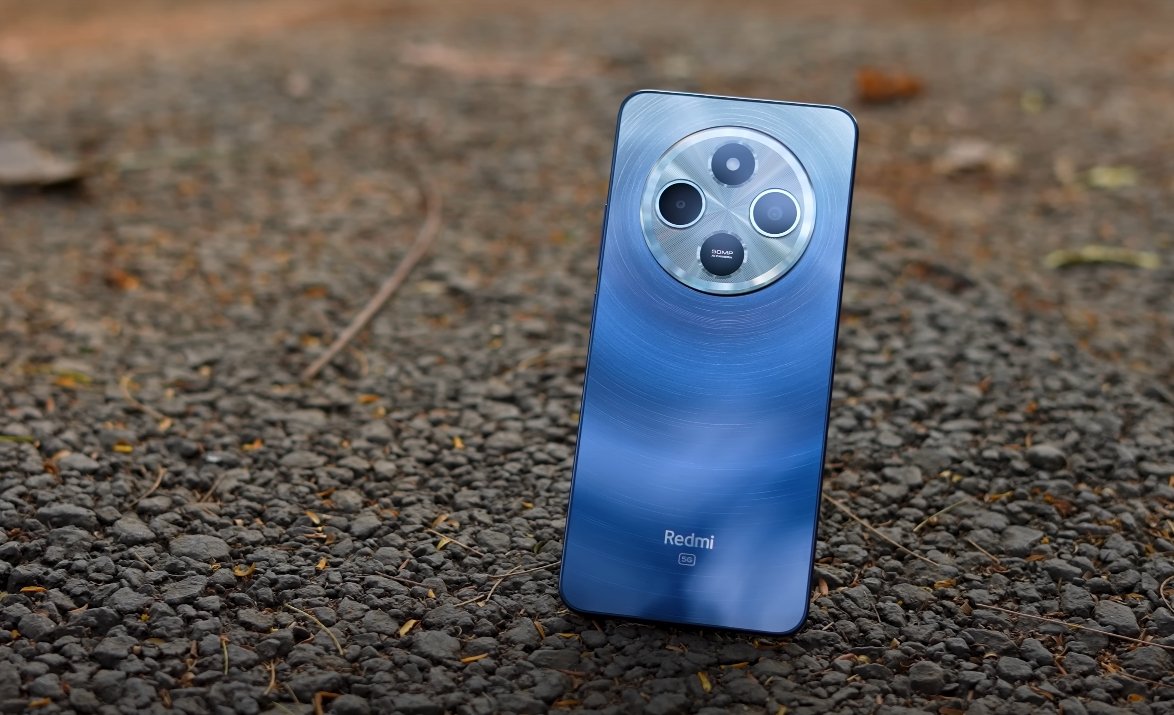iPhone Air or iPhone 15: choosing the right upgrade for you
Apple’s latest lineup brings the iPhone Air alongside the established iPhone 15, creating confusion for buyers who want the best mix of power, design, and reliability. Both phones target different user needs, but their overlapping features make the choice less obvious. Here’s a detailed look at how the two compare across performance, design, camera, and overall value for U.S. buyers.
The iPhone Air represents Apple’s new design philosophy — slimmer, lighter, and more power efficient. It features a 6.5-inch Super Retina XDR OLED display with ProMotion 120Hz refresh rate and up to 3,000 nits peak brightness, making it ideal for outdoor viewing and gaming. In contrast, the iPhone 15 sticks with a 6.1-inch OLED screen running at 60Hz and a peak brightness of around 2,000 nits. The difference is immediately noticeable when scrolling, gaming, or watching HDR content, giving the iPhone Air a more fluid and premium visual feel.
Design is one of the biggest contrasts between the two. The iPhone Air uses a titanium frame and second-generation Ceramic Shield on both sides, making it tough yet lightweight at just 165 grams. The iPhone 15, built with aluminum and standard Ceramic Shield glass, feels slightly bulkier at 171 grams. The Air’s thinner 5.6 mm body gives it an ultra-modern look, but the iPhone 15’s thicker frame may offer better durability in daily use. For users who prioritize comfort, the Air’s design feels more elegant and portable.

Performance-wise, the A19 Pro chip in the iPhone Air outpaces the A16 Bionic used in the iPhone 15. Built on a 3-nanometer process, the A19 Pro delivers faster speeds, improved efficiency, and stronger AI processing capabilities. The Neural Engine inside the chip accelerates Apple Intelligence features, camera computation, and multitasking without overheating. Meanwhile, the iPhone 15 remains a solid performer but can’t match the Air’s next-generation processing, especially under heavy workloads like gaming or editing.
When it comes to cameras, Apple took different approaches. The iPhone 15 offers a dual-camera setup — a 48MP main sensor and a 12MP ultrawide lens. The iPhone Air features a single 48MP Fusion sensor with advanced AI processing, producing sharper, brighter photos but without the flexibility of a secondary lens. Users who enjoy creative photography and wide-angle landscapes may prefer the iPhone 15, while those who prioritize consistent image quality will find the Air’s computational enhancements more reliable.
Battery life is another deciding factor. The iPhone 15 houses a slightly larger battery, offering up to 20 hours of video playback, while the iPhone Air promises around 27 hours, thanks to better efficiency from the A19 chip and iOS 26 optimizations. Both phones support fast charging and MagSafe, reaching 50% in about 30 minutes. However, the Air’s thinner body may cause it to heat up faster during extended gaming or charging sessions, while the iPhone 15 maintains steadier temperatures under prolonged use.
Connectivity and modern features tilt the scale in favor of the iPhone Air. It introduces Wi-Fi 7, Bluetooth 6, and an improved modem for stronger 5G reception across major U.S. carriers. Satellite connectivity and Emergency SOS remain available on both models, but the Air integrates faster signal recovery and reduced latency for calls and data transfers. For users who rely on mobile performance and travel frequently, these upgrades make a noticeable difference.
In real-world usage, the iPhone Air stands out as the more future-proof device. Its newer chipset, brighter display, and improved network performance make it the logical choice for buyers seeking longevity and advanced tech. The iPhone 15, however, continues to offer strong value with its reliable dual cameras, balanced design, and proven battery performance.
Ultimately, users who want cutting-edge performance, a premium lightweight build, and superior display quality should go for the iPhone Air. Those who prefer a slightly more rugged body, versatile camera system, and steady day-to-day experience may find the iPhone 15 a better fit. Both remain excellent choices, but for most modern users, the iPhone Air edges ahead as Apple’s most exciting step forward in 2025.

